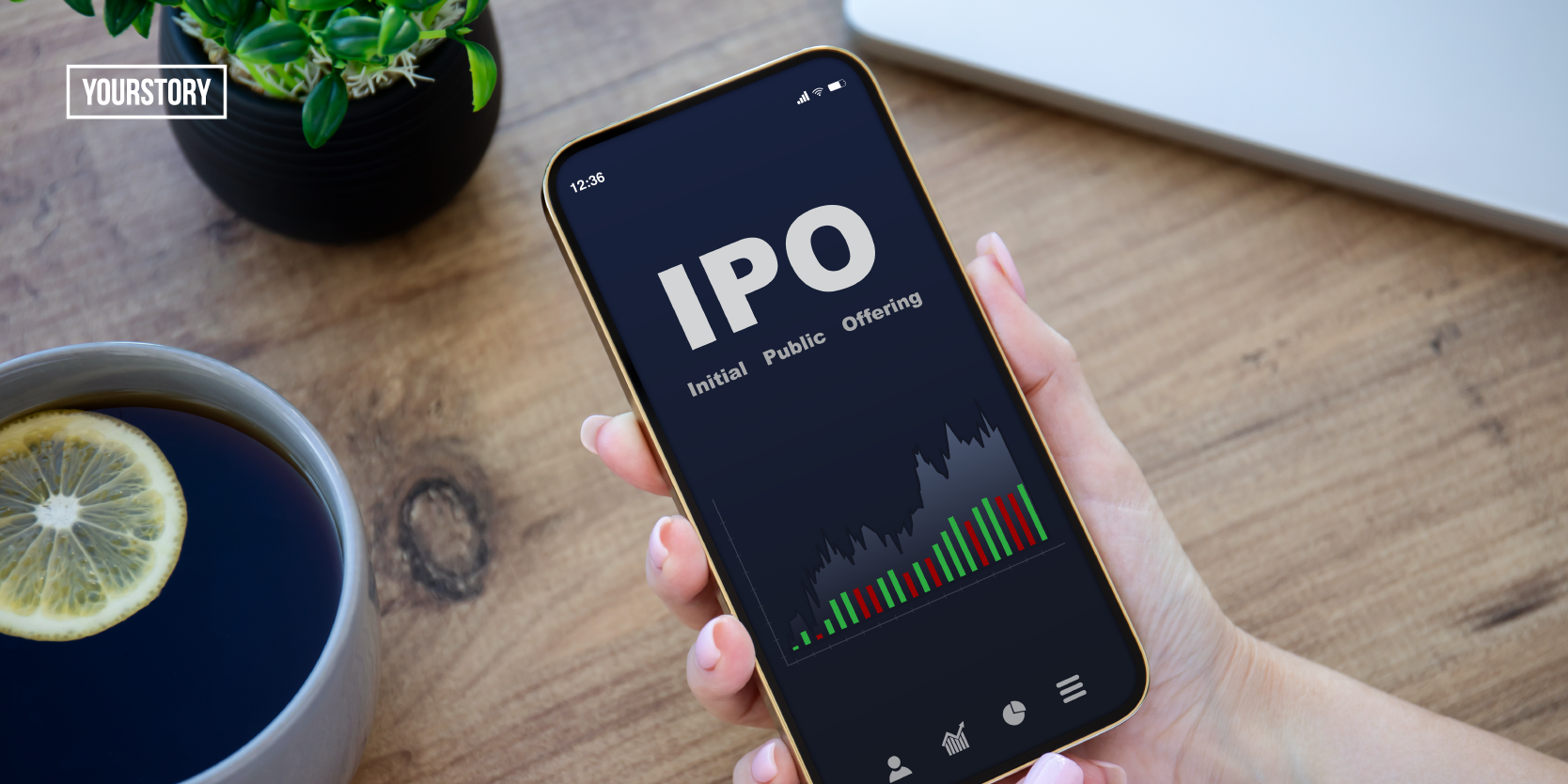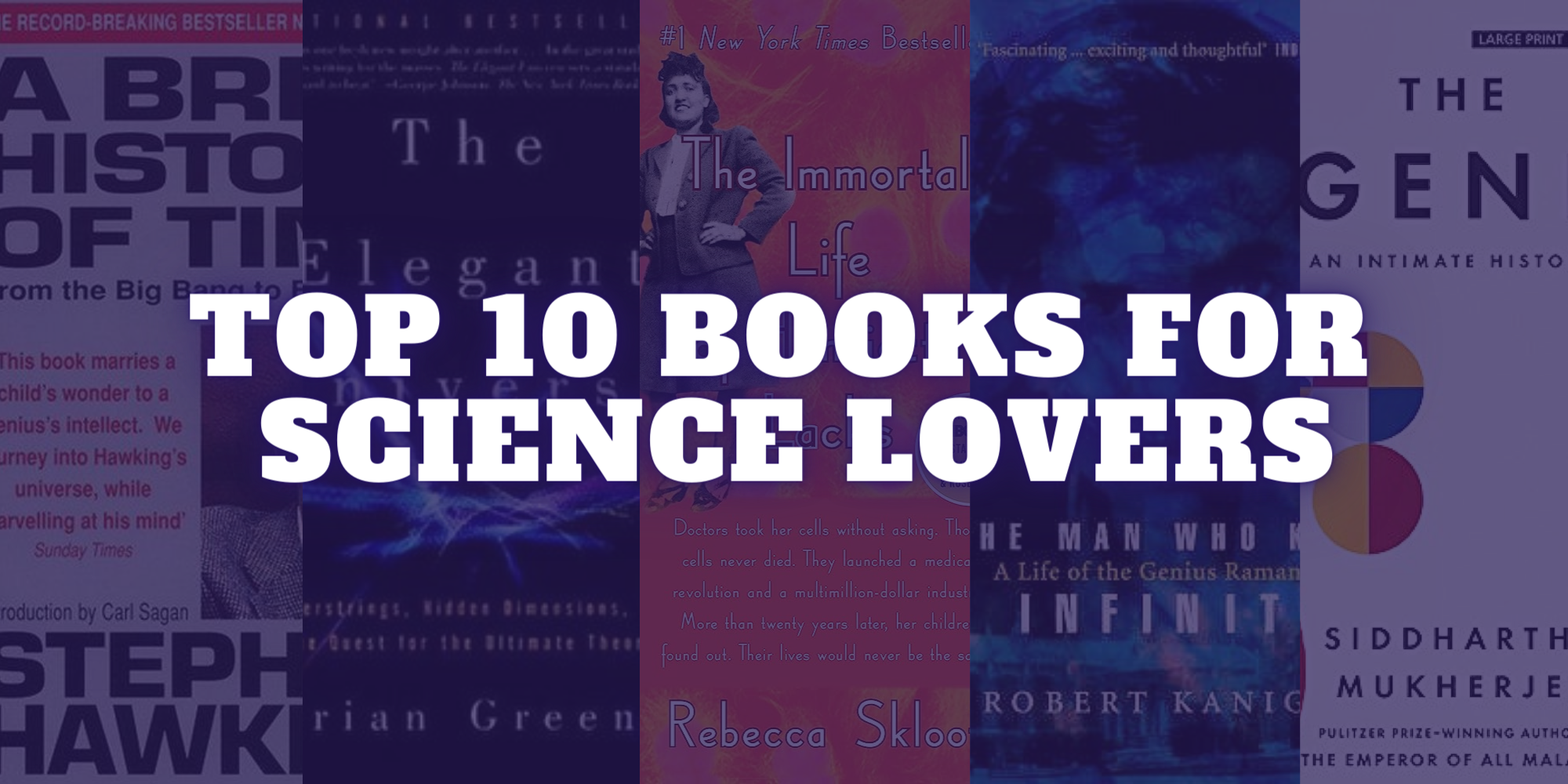5 disruptive data-driven marketing tips for those venturing into entrepreneurship
Marketing and specific consumer targeting have evolved over the years and there is a shift from using mediums garnering reach of a brand to specific targeting of consumers.

In the past, consumer conversion calculations were complex inferences-based analytical data, but today, especially for ecommerce website, it’s very clear how the campaign has fared. You can track if a consumer has viewed the advertisements and if there was a subsequent action to purchase the product, thus inferring almost immediately if the campaign has worked for the brand, making measurability quicker and easier.
So let’s take a look at the top disruptive data-driven marketing tips for entrepreneurs.
Interest-based consumer targeting
The internet is a cluttered place and it’s flooded with content and advertisements. So how do you grab the attention of your target group?
The regular definition of TG based on age, sex etc., doesn’t give you relevant results and there is a lot of wastage. You need to dig deeper into the data and see what your core TG is interested in knowing/reading. It’s important to understand and define interest groups within your target TG. This way, you can target them better and at a place where they spend the maximum time. For example, if you are a men’s shaving cream brand, you will need to see what content your consumer is consuming and target them there; say, most of your TG is interested in sports or bike travel, then you need to advertise on platforms where such content is consumed by your TG. There also can be a collaboration with a bike brand since the businesses are non-competitive in nature. This way, you can create impact and trail usage within your right target audience.
Consumer experience
The consumer loves offers and discounts, but constant indulgence in discounting your product/service devalues the brand. So is there another way to create a brand experience for the consumer? How do you get them interested in trying your product and keep coming back for more?
It’s important to create a brand experience for the consumer so that there is a top-of-mind recall. How can a brand do this in the digital space?
Brands can create virtual experiences for consumers using loyalty programmes. The entire redemption modus operandi of the points can define an experience for a consumer. There can also be e-tickets/discount coupons of brands that can create a better experience for the brand and ensure repeat usage. For example, when a credit card company wants to create a luxury experience for the brand, it may tie up with golf courses for golf sessions. So the brand has created a luxury experience without discounting itself.
Communication
The language the brand uses for communicating with the consumer can be used in a disruptive manner. The general belief is that the attention span on the internet is short and consumers will not consume a long form of content or advertisement. This is a myth and can be used to the advantage of the brand.
Netflix did exactly that, they delivered long-form content in various seasons and got the consumer hooked to their brand. Netflix was a pioneer for disruptive communication and capitalised the trolling trend of Radhika Apte. They changed their official tagline across social media and said ‘Just another @radhikaofficial fan account’.
Most ads on YouTube get skipped after the mandatory watch sec. But a good ad can break this ‘skip ad’ pattern. The recent example of long-form advertisement which had the lowest skip rate on YouTube was the Mother’s Day advertisement ‘Mom’s Magic’ where the campaign celebrated mother-like figures who have a positive impact on society.
So if the communication of the brand has depth and the campaign is well-executed people do respond and consume such content.
Habit formation
Consumers today have the liberty to buy from anywhere. There are enough and more brands with me-too product offerings. Discounts and deals are taken for granted. The attention span of the consumer is limited and hence arises the question on one can create habits that benefit the brand.
In the virtual world, content has become the new king. Differentiated content can create a habit with the consumer. They will keep visiting the app or website for new content every day. The perfect example is Red Bull, which has created differentiated content to retain consumers on its platform. Their TG regularly visit their page and consumes content and it’s the go-to place to find out about the most happening events or music gigs in town.
Just having a huge reach is not good enough; it’s also important to create a habit with the consumer and the brand website/app should be the go-to place for information. Understand the data in depth and see what the consumer loves to consume and bring that content together under the brand so that the consumer only needs to visit your page and he/she is updated/entertained. Also, this content can be camouflaged to cross-sell on the website
Influential marketing
Brands have always used celebrity endorsements to target the consumer base. But, today, the celebrity endorsement space is an extremely venerable space and cluttered at the same time. It’s difficult for the consumer to connect brands with celebs.
Recently, big brands like Amazon, Godrej, and Snapdeal had to face the ire of the consumers when the celebrity made a social statement that hurt the sentiments of the consumers.
Brands have started hiring digital influencers (people who have large followers) to endorse/market their brands. They have started using real people of substance to resonate with the target audience.
The analytical data will give the marketer insights into what their consumers like, who they follow, and hence what their messaging should be and who should endorse their brands.
The new trend is to communicate the brand’s message through the life stories of real people, be it emotional or aspirational.
(Disclaimer: The views and opinions expressed in this article are those of the author and do not necessarily reflect the views of YourStory.)











